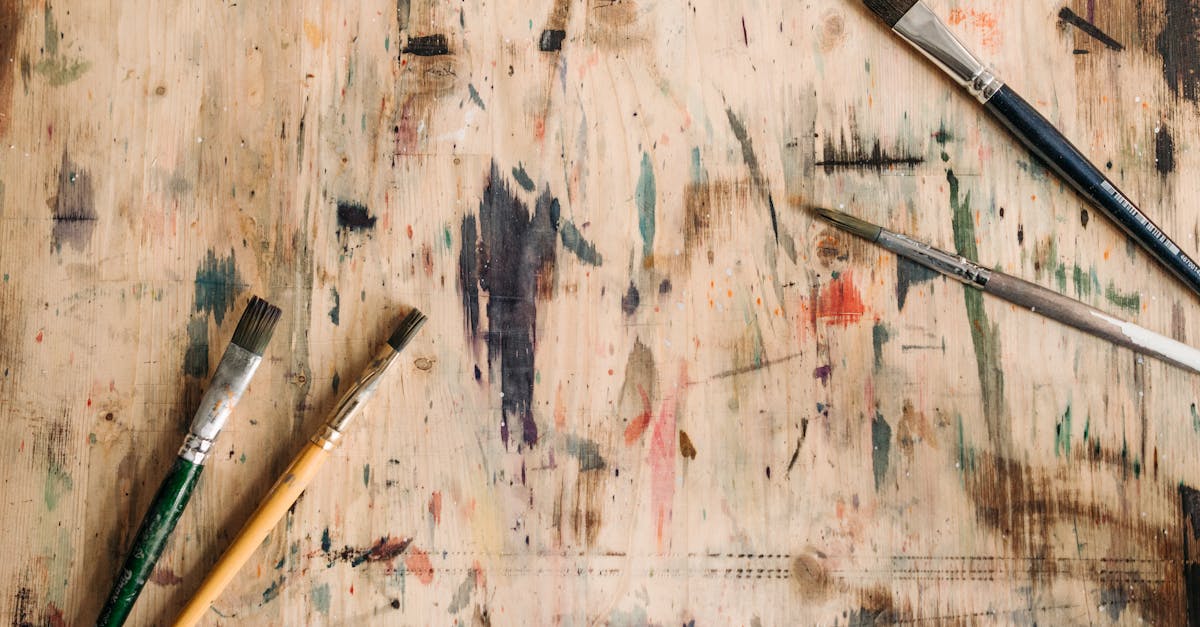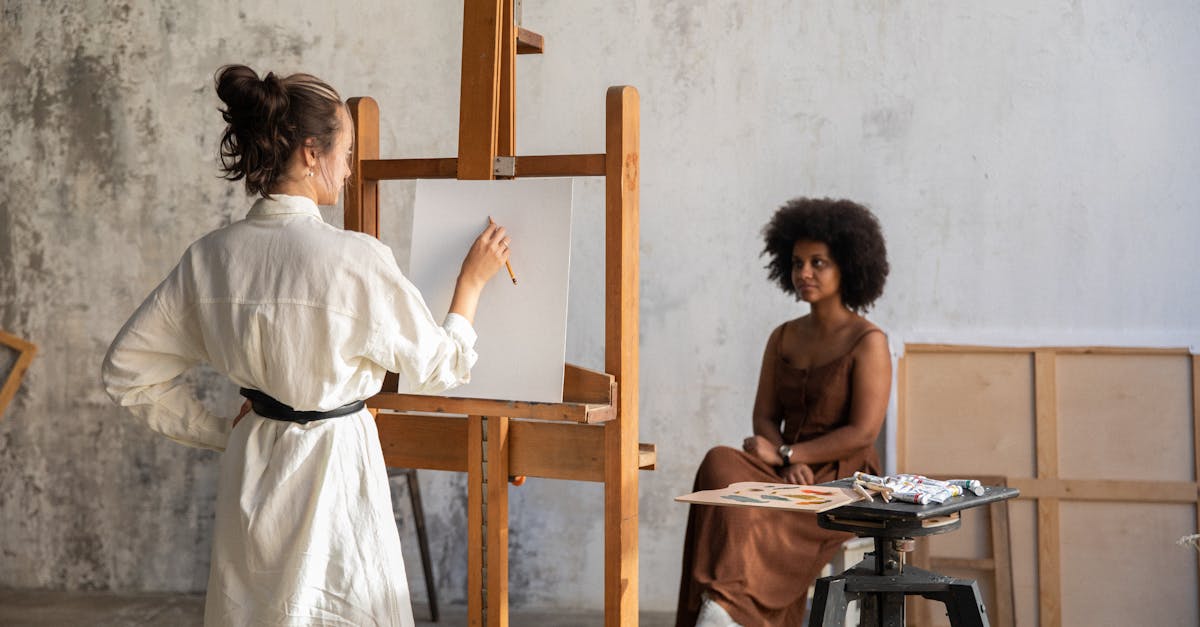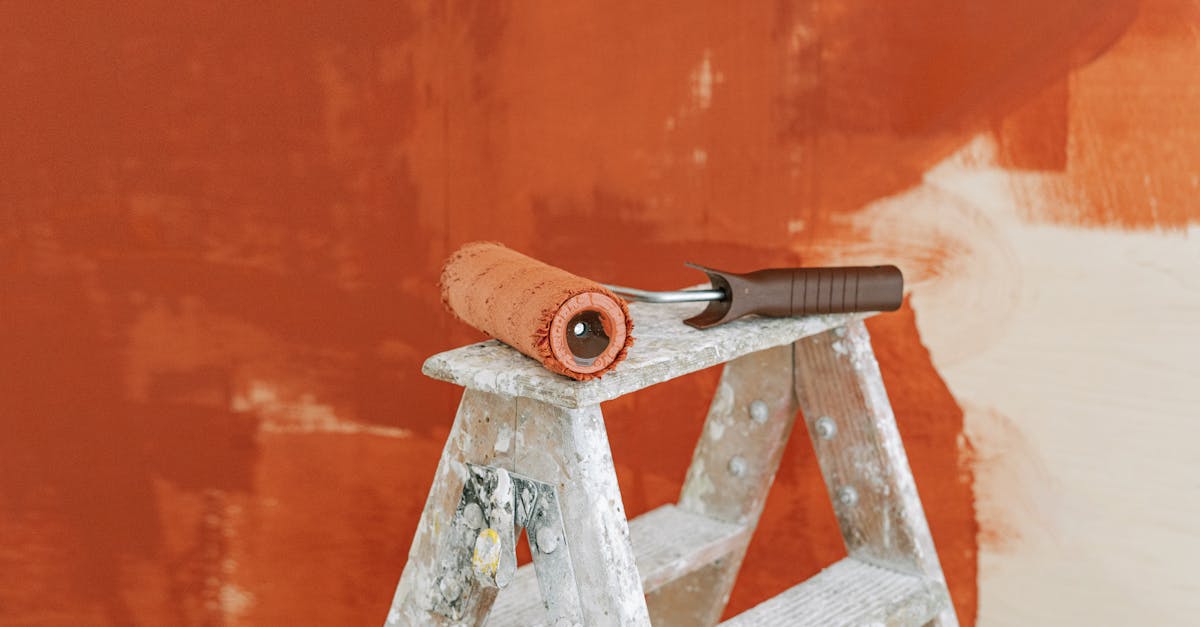This article, From Concept to Reality: The Painting Process Explained, delves into the vital stages of the painting journey. It emphasizes the importance of both micro and macro processes in achieving cohesive and engaging artwork. Key topics include finding inspiration, developing concepts, choosing materials, and refining techniques. The article provides insights into the operational aspects, such as planning composition, critiquing one’s work, and establishing a consistent painting schedule. By understanding these fundamental elements, artists can enhance their creative practice, resulting in artwork that truly reflects their individual vision.
Current Trends in House Painting and Remodeling
The world of house painting and remodeling is an ever-evolving landscape that reflects personal style, functionality, and current design trends. As homeowners increasingly seek to transform their spaces into ideal living environments, understanding the latest trends is crucial for making informed decisions that elevate both aesthetics and value. This article delves into the popular color palettes, innovative materials, and effective application techniques that are shaping the industry today.
From calming neutrals inspired by nature to bold statements that express individuality, homeowners are exploring various options that resonate with their lifestyles. Moreover, eco-friendly materials and sustainable practices are gaining momentum, reflecting a conscious effort to care for the environment while beautifying our homes. This exploration goes beyond just paint and encompasses a comprehensive approach to creating inviting and functional spaces. Stay tuned as we uncover practical tips and inspiring examples to help transform any house into a personalized haven.

| Stage of the Process | Description |
|---|---|
| Inspiration | Gather ideas from various sources, including nature and personal experiences. |
| Concept Development | Refine your ideas into a structured plan, creating sketches or mood boards. |
| Materials Selection | Choose quality paints, brushes, and canvases to achieve the desired effect. |
| Sketching | Start with rough sketches to outline the composition and study details. |
| Color Application | Strategically apply colors in layers, starting with foundational values. |
| Refinement | Continuously assess the work, making adjustments based on artistic goals. |
| Feedback | Seek constructive criticism to gain fresh perspectives on your artwork. |
| Final Touches | Add details and ensure a polished presentation before considering it finished. |
Current Trends in House Painting and Remodeling
Enhancing living spaces through painting and remodeling has gained significant traction in recent years. Homeowners seek to create environments that reflect personal style, promote comfort, and improve functionality. Understanding the current trends in house painting and remodeling can help homeowners make informed decisions when updating their spaces. Below, we explore various popular colors, innovative techniques, materials, and strategies for successful renovations.
Color Trends in House Painting
Color choice plays a crucial role in determining the ambiance of a space. The following trends have emerged as favorites among homeowners:
- Earthy Tones: Shades like terracotta, sage green, and muted browns continue to dominate. These colors bring warmth and a connection to nature, promoting a sense of calm.
- Bold Accents: While neutral colors remain popular for walls, bold accent hues like navy blue, emerald green, and deep plum are frequently used on doors, trim, and feature walls, adding depth and personality.
- Pastels: Soft pastels such as blush pink, mint green, and baby blue evoke nostalgia and create a light, airy feel, making them ideal for small spaces.
Popular Techniques for Application
The methods of applying paint as well as the finishes used have evolved to cater to modern aesthetics. Here are some trending techniques:
- Ombre Effects: This technique transitions colors from light to dark or vice versa, creating a dynamic look suitable for bedrooms or kids’ rooms.
- Textured Finishes: Incorporating textures using techniques like sponge painting or rag rolling can add interest to walls and ceilings.
- Stripes and Geometric Patterns: Bold lines or geometric designs can energize a room and are particularly popular in home offices and playrooms.
Innovative Materials Used in Painting
In the realm of house painting, innovative materials have helped transform the quality and durability of finishes:
- Low-VOC and Zero-VOC Paints: Environmentally friendly paints containing minimal volatile organic compounds (VOCs) are highly sought after. These options ensure healthier indoor air quality without sacrificing color intensity.
- Chalk Paint: This versatile paint leaves a matte finish with a vintage touch, perfect for furniture and cabinetry.
- Rust-Oleum and Spray Paints: These products have evolved, now offering a wide array of colors and finishes suitable for various surfaces and quick projects.
Key Remodeling Trends Influencing House Renovations
Beyond painting, homeowners are increasingly focusing on remodeling to maximize their living spaces. The following trends are shaping renovations:
- Open Concept Living: The desire for spacious, connected spaces has led many to tear down walls between kitchens, dining rooms, and living areas.
- Home Offices: With remote working becoming more common, homeowners are remodeling spare rooms or nooks into functional offices equipped with ergonomic furniture and efficient lighting.
- Sustainable Choices: Homeowners are showing a preference for eco-friendly materials like bamboo flooring, recycled countertops, and energy-efficient appliances.
Incorporating Smart Technology into Remodeling
As technology evolves, integrating smart solutions has become a vital part of modern remodeling:
- Smart Lighting: Energy-efficient LED setups controlled via mobile apps allow for customizable ambiance and convenience.
- Smart Thermostats: These devices optimize energy usage by learning household habits and adjusting heating and cooling accordingly.
- Home Automation Systems: Centralized control of alarms, cameras, and household devices enhances security and ease of use, reflecting a trend towards smarter living environments.
Tips for a Successful Painting and Remodeling Project
Navigating a painting or remodeling project can be daunting. Here are some practical tips to ensure success:
- Establish a Budget: Determine how much you’re willing to spend and allocate funds to various aspects of your project, including materials, labor, and unforeseen expenses.
- Research and Planning: Spend time gathering ideas through Pinterest boards, home design magazines, and showrooms to create a clear vision before starting.
- Choose Quality Over Quantity: Invest in high-quality materials and paints that will withstand wear and tear over time, ultimately providing a better return on investment.
- Hire Professionals When Needed: While DIY projects can be fulfilling, seeking professional help for complex tasks like plumbing or electrical work ensures safety and efficiency.
By keeping up with the current trends in house painting and remodeling, homeowners can confidently transform their spaces into stylish, functional, and welcoming environments. Whether opting for earthy tones, embracing innovative techniques, or integrating smart technology, these insights can spark inspiration for a successful home makeover. Remember, the process should be enjoyable, enabling the creation of spaces that resonate with personal taste and lifestyle.

Transform Your Home with Expert Painting and Remodeling
Ready to breathe new life into your living space? Our professional services focus on enhancing the beauty and comfort of your home, ensuring a stylish and inviting atmosphere. Don’t wait any longer—reach out to discuss how our tailored solutions can bring your vision to reality.
Current Trends and Tips in Painting and Home Remodeling
Trends in Painting
- Bold Colors
- Textured Finishes
- Environmentally Friendly Paints
- Neutrals with a Twist
Practical Painting Tips
- Choose the Right Tools
- Test Paint Samples
- Keep a Steady Hand
- Layer Your Colors
- Plan Your Project
- Maintain Cleanliness
«`html
Frequently asked questions
Glossary of Key Terms in Painting and Home Remodeling
- Color Palette
- A selection of colors used in a painting or decor project, typically chosen to create a specific mood or style.
- Texture
- The surface quality of a painting or wall finish, which can be rough, smooth, glossy, or matte, influencing the visual and tactile experience.
- Accent Wall
- A wall within a room that is painted a different color or pattern from the others to create a focal point.
- Primer
- A preparatory coating applied before painting to improve adhesion, coverage, and durability of the finished paint.
- Brush Techniques
- The various methods used to manipulate paint with brushes to achieve different effects, such as blending, stippling, or dry brushing.
- Eco-Friendly Paint
- Paint that is made with environmentally safe ingredients, reducing VOCs (volatile organic compounds) and harmful emissions.
- Modern Minimalism
- A design style characterized by simplicity and functionality, often using a limited color palette and clean lines in home decor.
- Staging
- The process of decorating a home to enhance its appeal to potential buyers, often involving painting and remodeling for better presentation.
- Foam Rollers
- Tools used for painting that provide a smooth finish, ideal for large wall areas and ceilings.
- Chalk Paint
- A type of paint known for its matte finish and ability to adhere to surfaces without primer, often used in furniture remodeling.
«`html
The painting process is a crucial journey from the initial concept to the final artwork, integrating both macro and micro aspects. Understanding each stage allows artists to refine their technique, develop a cohesive vision, and maintain a meaningful practice. By nurturing one’s skills and staying engaged with the creative process, artists can elevate their work and truly bring their visions to life. Embrace these insights and allow them to guide your artistic journey towards creating outstanding masterpieces.
Recommendations for a Successful Painting Process
Finding Inspiration
To jumpstart the creative journey, seek inspiration from various sources. Look around, whether it’s nature, architecture, or art from various movements.
- Create an inspiration journal to jot down ideas and thoughts.
- Collect images that resonate with you to form a mood board.
- Explore the works of other artists to gather new perspectives.
Establishing a Strong Concept
A well-defined concept can significantly enhance your painting process. Focus on developing clear goals to streamline your artistic vision.
- Brainstorm by creating a list of themes or subjects that captivate you.
- Sketch thumbnail ideas to visualize compositions before starting.
- Consider the feelings you want to evoke in your audience.
Selecting Materials Wisely
The right materials can make a world of difference. Understand the tools and mediums that best suit your style and vision.
- Experiment with various paint types, brushes, and surfaces.
- Keep a dedicated art supply area organized for easy access to your tools.
- Research innovative materials that can elevate your painting technique.
Refining Your Painting Technique
Focus on enhancing your technical skills through consistent practice and reflection.
- Schedule regular painting sessions in your calendar.
- Engage in self-critique or seek constructive feedback from peers.
- Take time to revisit completed works to identify areas for improvement.
Completing Your Artwork
Understanding when to conclude your painting is essential to prevent overworking it.
- Ask yourself if your piece conveys a clear narrative or emotion.
- Ensure a cohesive balance of light, color, and composition in the final look.
- Step away for a while and return with fresh eyes for final adjustments.
Transform Your Space with Expert Painting and Remodeling
Are you ready to elevate your home’s aesthetic? Our team specializes in vibrant painting and innovative remodeling solutions tailored to enhance your living spaces. Contact us today to discover how we can bring your vision to life with quality materials and professional craftsmanship.
Sophia Torres is the creative mind behind the most dazzling transformations at TS Painting & Restoration. With a strong background in interior design and a deep passion for tropical color palettes, she has helped hundreds of clients revitalize their spaces into vibrant and inviting environments. Born in Colombia and raised in Florida, Sophia brings a unique perspective to her work, blending Latin American influences with modern design trends.
Sophia’s vision of color goes beyond the conventional. She is known for her ability to create bold and unexpected combinations that reflect Florida’s natural beauty. Her focus on color psychology and strategic use of tones allows her to transform any environment, making each project a showcase of her clients’ personal style. On her blog, she shares practical tips on how to choose colors that not only beautify but also enhance emotional well-being and create harmony in the home.
When not working, Sophia enjoys exploring art galleries, experimenting with DIY projects, and finding inspiration in Florida’s lush landscapes. For her, design isn’t just about aesthetics; it’s about creating spaces that tell a story, reflect the identity of those who live there, and evoke positive emotions. At TS Painting & Restoration, Sophia is committed to helping homeowners discover how colors can transform their homes into true havens of tranquility and beauty.


